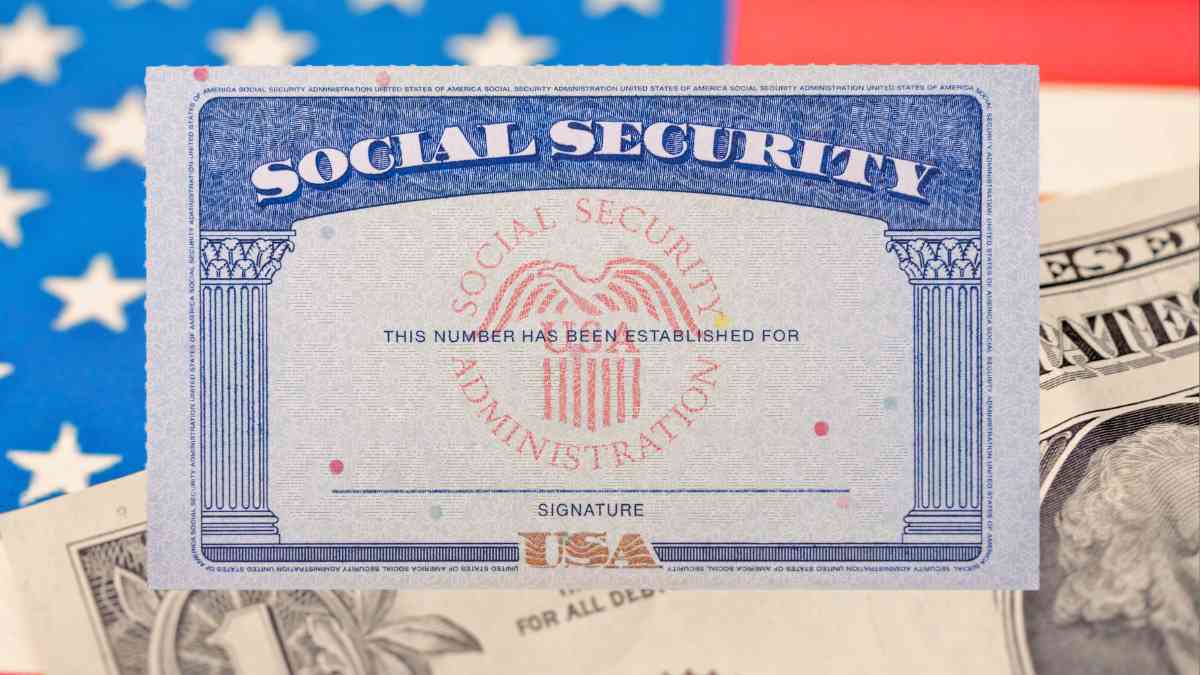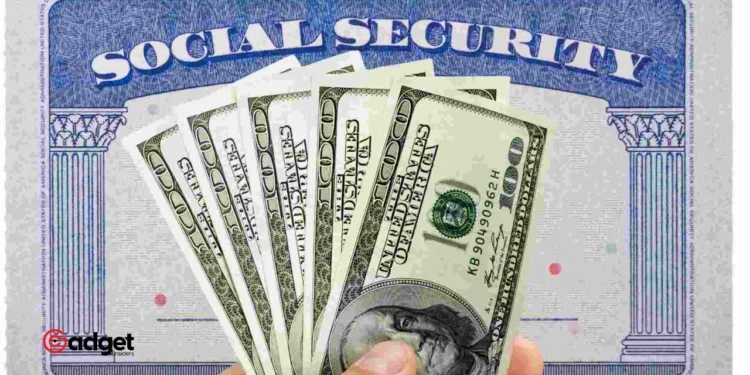The Social Security Administration (SSA) has recently announced adjustments to the benefit payment schedule for June, which may affect when millions of Americans will receive their Social Security benefits. This update is crucial for beneficiaries relying on retirement, survivors, disability insurance (RSDI), and supplemental security income (SSI) programs. Let’s delve into the details of these changes and understand their implications.

Understanding the Standard Payment Schedule
Typically, the Social Security Administration distributes benefits according to a set schedule, which includes five payment dates each month. These dates are planned to ensure that beneficiaries receive their payments consistently and without delay, except when a scheduled payment date falls on a weekend or a holiday. This system helps in maintaining a steady flow of income for beneficiaries, which is essential for their financial stability.
Here’s a quick overview of the normal distribution pattern:
- First day of the month: SSI recipients usually receive their benefits.
- Third day of the month: Benefits are paid to retirees, survivors, and disabled individuals who claimed benefits before May 1997.
- Second, third, and fourth Wednesdays: Payments are made to retirees, survivors, and disabled individuals based on their birth dates—those born from the 1st to the 10th, 11th to the 20th, and 21st to the 31st, respectively.

June’s Adjusted Payment Schedule: What’s Changing?
This June, beneficiaries should prepare for two significant changes:
- SSI Payment Shift: SSI recipients will find that there is no payment in June as it has been rescheduled earlier to May 31st, due to June 1st falling on a Saturday.
- Adjustment for Juneteenth: Retired workers born between the 11th and the 20th of the month will receive their benefits a day earlier, on June 18th instead of the 19th, to accommodate for the Juneteenth National Independence Day.
These adjustments mean that some seniors will receive their benefits one day prior to the usual schedule, ensuring that the federal holiday does not disrupt their financial planning.
Preparing for Payment Adjustments
For those receiving Social Security benefits, it’s important to note these changes to avoid any surprises. The Social Security Administration advises beneficiaries to wait at least three mailing days past the scheduled date before contacting customer service if payments have not arrived.
Anticipated Benefit Amounts
While the payment schedule is an essential aspect of managing monthly finances, understanding the potential amounts can further aid beneficiaries in their financial planning. Here’s what you can expect:
- Retirees: The average payment stands at $1,900, but it can go as high as $4,873 for those who start claiming at age 70.
- Survivors: Benefits average at $1,505, with higher amounts depending on the deceased worker’s earnings and the number of eligible children.
- Disabled Individuals: Payments average $1,537, with specific amounts for blind recipients reaching up to $2,590.

Stay Informed: Social Security Benefit Payment Schedule 2024
Beneficiaries are encouraged to check the official SSA benefit payment schedule for 2024 to stay updated on any further changes throughout the year. This proactive approach ensures that individuals reliant on these funds can effectively manage their resources without disruption.
With these changes and key dates in mind, beneficiaries of Social Security can better navigate their financial landscape this June, ensuring that they remain informed and prepared for the upcoming adjustments.









